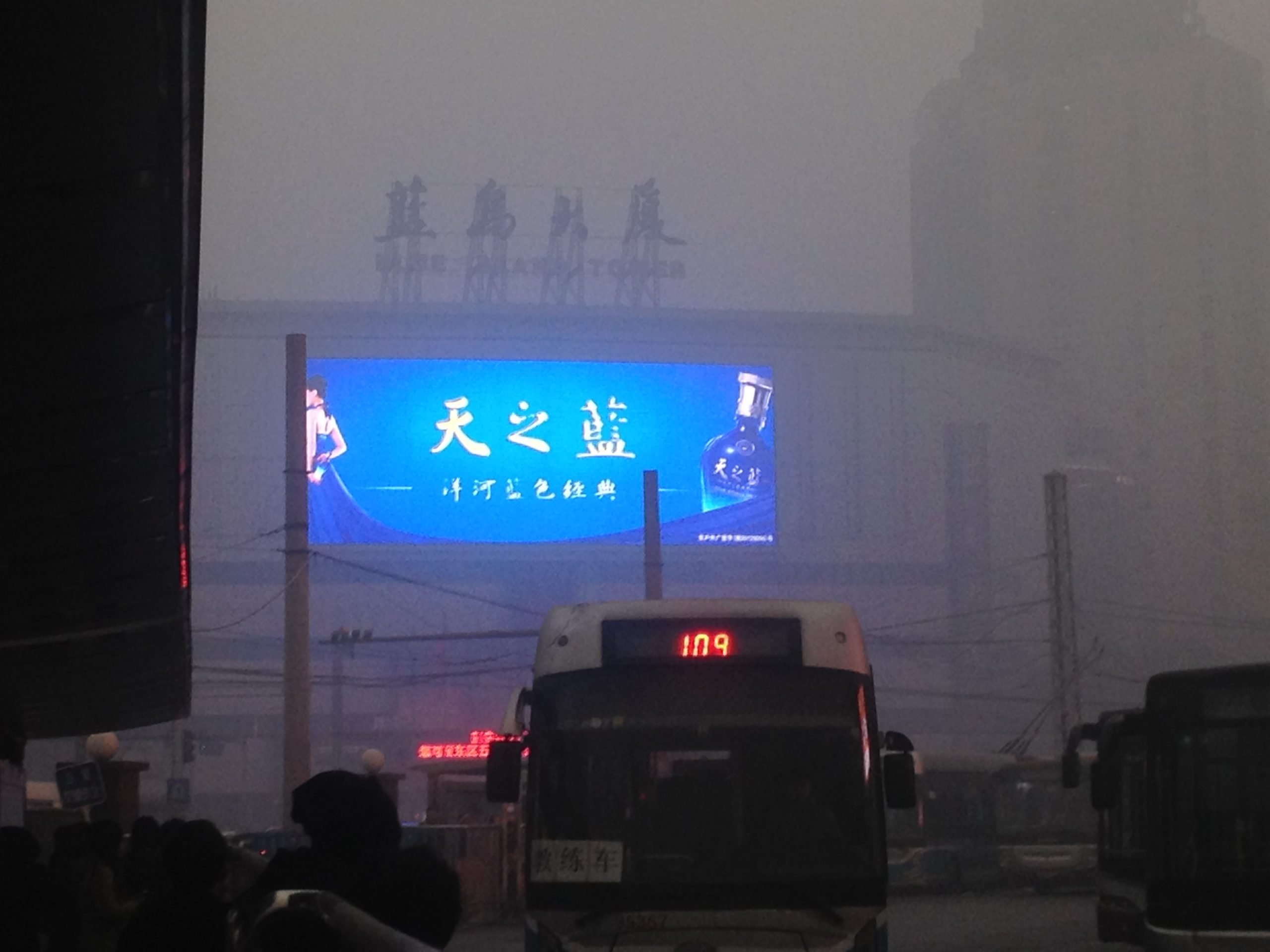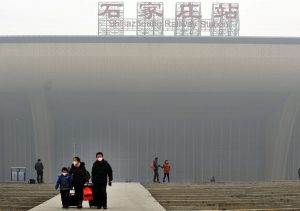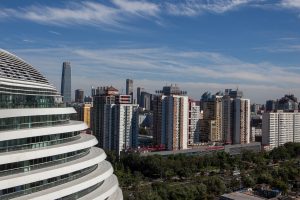Residents in Beijing were enjoying a rare clear winter’s day on Thursday (Dec 15) when they started to receive text messages warning them of a red pollution alert: heavy smog is possible over the next five days; half of the city’s cars will be taken off the streets and schools will consider closing.
With the sky in Beijing still blue, this is the first time a red alert has been issued in advance. The warning is in stark contrast to last year. In late November 2015, Beijing endured five days of heavy smog, with PM2.5 levels so high they were off the scale. Yet only the amber alert was sounded.
The main difference between the red and amber alerts under the arrangements at the time was that half of Beijing’s cars would be banned from driving under the red. Given the severity of the air pollution, the failure to issue the red alert led to angry questioning and criticism from the city’s residents. Even official media outlets such as Xinhua complained.
So why has Beijing been so quick to issue a red alert this year?
The MEP steps in
The most noteworthy criticism in 2015 came from the Ministry of Environmental Protection (MEP). On December 5, 2015, as a blanket of smog began covering the city, the MEP issued a rare criticism of Beijing and other local governments that politely instructed them to “conscientiously evaluate their recent efforts to combat severe air pollution and any inadequacies, and bolster their work on air pollution alerts”.
The environmental protection minister, Chen Jining, even pointed out that “central leaders” were keeping an eye on the process. How Beijing used the alert system was now an issue of concern for both city residents and China’s highest leaders.
Under pressure from above and below, Beijing issued its first ever red alert on December 7, 2015. The hesitancy from the Beijing authorities was understandable given that restrictions resulting from a red alert cause significant disruption. In particular, the alert leads to a steep increase in work for government departments such as transportation and education. Given the uncertainty in pollution forecasts, local governments are tempted to cross their fingers and wait, or issue a lower level alert, while hoping for a windy day.
The MEP must have noticed because it issued a set of targeted reforms of the alert system. For example, as local governments have different forecasting capabilities, the MEP started issuing unified “alert notes” when smog was expected, requesting local governments to issue alerts in line with the upper limit of the forecast (the worst case scenario) and crack down on pollution sources. This greatly reduced uncertainty in handling forecast data and resulted in greater decisiveness.
Regional coordination
Air pollution is a regional problem but the lack of regional coordination has left authorities hesitant to act because local government chiefs were worried that neighbouring areas would not take action if they did. This would leave some areas enduring the costs of the alert but with no guarantee of cleaner air.
To solve this, in February the MEP trialled a combined standard for pollution alerts across the Beijing-Tianjin-Hebei region, and in July a document was issued requiring ten cities across that region and in nearby Henan and Shandong to take joint action, rather than waiting to see what others did. During the severe pollution of December 10-12, 42 cities issued alerts in line with the MEP’s “alert notes” – marking the start of regional action.
Strong action on alerts
After last year’s criticism, Beijing issued a new revision for the alert system in November. This followed a revision in 2015 and suggests that city heads are taking the issue seriously. The most important change this year is that more vehicles are banned entirely during red and amber alerts. These vehicles are usually more than ten years old and fail to meet recent emissions standards. There are still 900,000 of them in Beijing. During alert periods, such vehicles don’t even qualify for the “odd-even” system that reduces car usage by half.
Beijing’s decision to take tougher action is understandable. In 2013, the State Council ordered Beijing to achieve major improvements in air quality by 2017, calling for the average PM2.5 concentration to fall to 60 micrograms per cubic meter. Although there has been some progress, the average concentration in 2015 was 80 micrograms per cubic meter. Meeting the 2017 target will be an enormous challenge.
However, the changes in China’s pollution alerts show that public pressure is helping to modernise China’s environmental governance. The question now is whether this will be enough to bring about sustained improvements in air quality.









